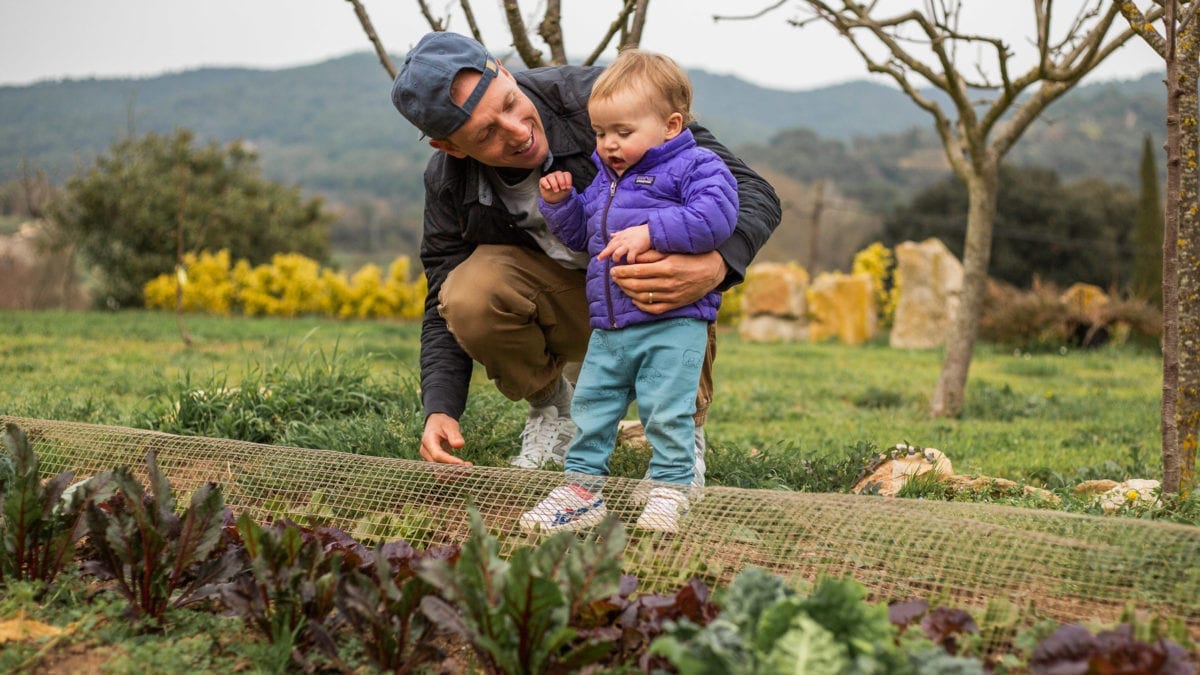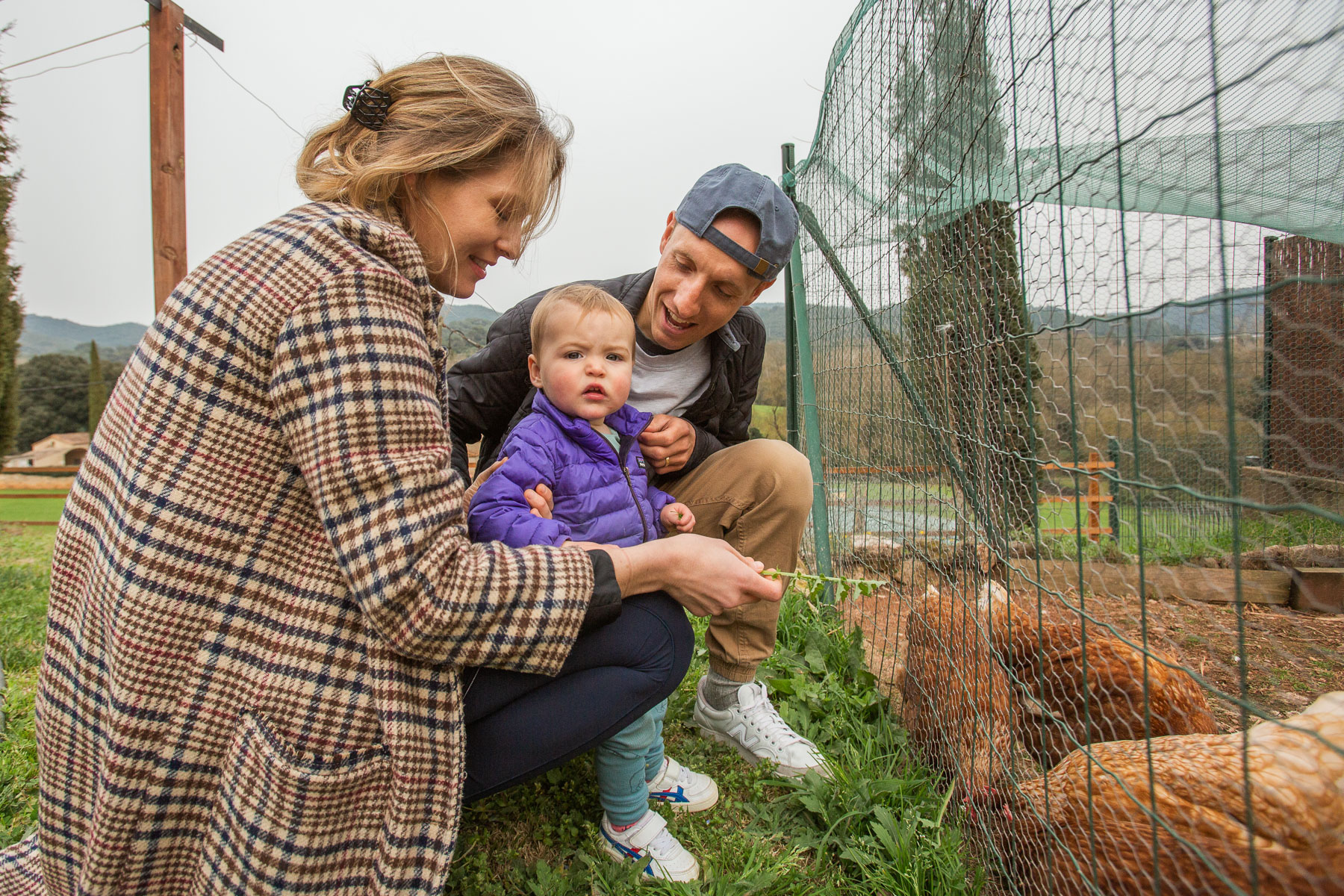Michael Woods announces his commitment to a carbon neutral 2021 season
The cyclist pledges to inspire his fans, partners and fellow professional cyclists to join his mission to rebalance the sport’s environmental impact
 Photo by:
Tristan Cardew / @tristantakephoto
Photo by:
Tristan Cardew / @tristantakephoto
Ahead of his first WorldTour race of 2021 (this week’s Volta a Catalunya), Canadian cyclist Micheal Woods is pledging to make 2021 a carbon neutral season. “My particular passion and motivation is to tackle the impact I am having on the planet while racing bikes for a living,” says the 34-year-old. “This is a hugely important and complex issue with no quick fix but my goal is to educate myself, take responsibility for my lifestyle, and to inspire my fans, partners and fellow pros along the way.”
Professional cycling and the environment
Woods notes that, while cycling has very little little direct impact on the environment (“You can travel hundreds of miles at a pace that allows you to really enjoy nature, all while not contributing to its decline,”), as a professional cyclist the story is different.
“I fly to races regularly and have a convoy of cars and trucks following my every move,” says the Israel Start-Up Nation cyclist. “I sit on a massive bus at the end of each stage, and go through countless plastic bottles and packaged goods.”

He also notes that, as a pro, he needs to eat more than the average person. “I consume vast volumes of food, including large quantities of meat, and go through far more clothing than the average person.”
“I love my job, but it’s hard to deny that the cost of my performance, and the impact it has on the planet, is significant.”
Calculating the carbon footprint
At the start of the year Woods had a series of conversations with Christian Meier (Canadian former professional racer and founder of The Service Course), which he says inspired him to take an audit of his habits and lifestyle, to see where he could make adjustments.
He used the World Wildlife Fund’s carbon footprint calculator to audit his personal lifestyle. Woods then visited myclimate.org to break down his entire 2019 season (“as 2020 was certainly a misrepresentation of my normal calendar year.”) He used myclimate to make an assessment of how much he travelled and the impact of the vehicles that helped support him in races.
“Unsurprisingly, the results were quite disturbing,” says Woods. The average person living in a similar region to him emits roughly 12-24 tons of CO2. “After carefully breaking down the level of shipping and consumption oriented around my riding, and the amount that I travel and have vehicles supporting me in order to perform at all of my races, my total carbon footprint was 60 tons of CO2,” 33 tons of which he says can be chalked up to his travel to races.
“The amount of clothes and products that I consume at races, and in training, and the amount that I travel are the biggest contributors to my impact on the earth’s climate,” says Woods.
Changing lifestyle
Woods says he and his wife Elly rarely use a car when at home, mainly walking or commuting via bike. They shop locally and have already cut down on the amount of meat they eat—when they do eat animals they try to purchase locally raised and butchered meat.

Some changes Woods plans to make going forward include small steps, such as taking a permanent knife, fork, cup and bowl with him on the road so that he longer uses plastic utensils and plates during post race meals. Bigger changes involve rethinking how he eats and travels, and paying to offset all of the carbon that he emits.
To account for where his impact is unavoidable, Woods is using Gold Standard to make monthly financial contributions to offset his annual carbon footprint.
He plans to share details of his carbon offset journey as he learns and continues to work towards his carbon neutral 2021 season. “Riding has really opened my eyes to how beautiful the planet is,” he says, “I want to do my part in protecting it.”
